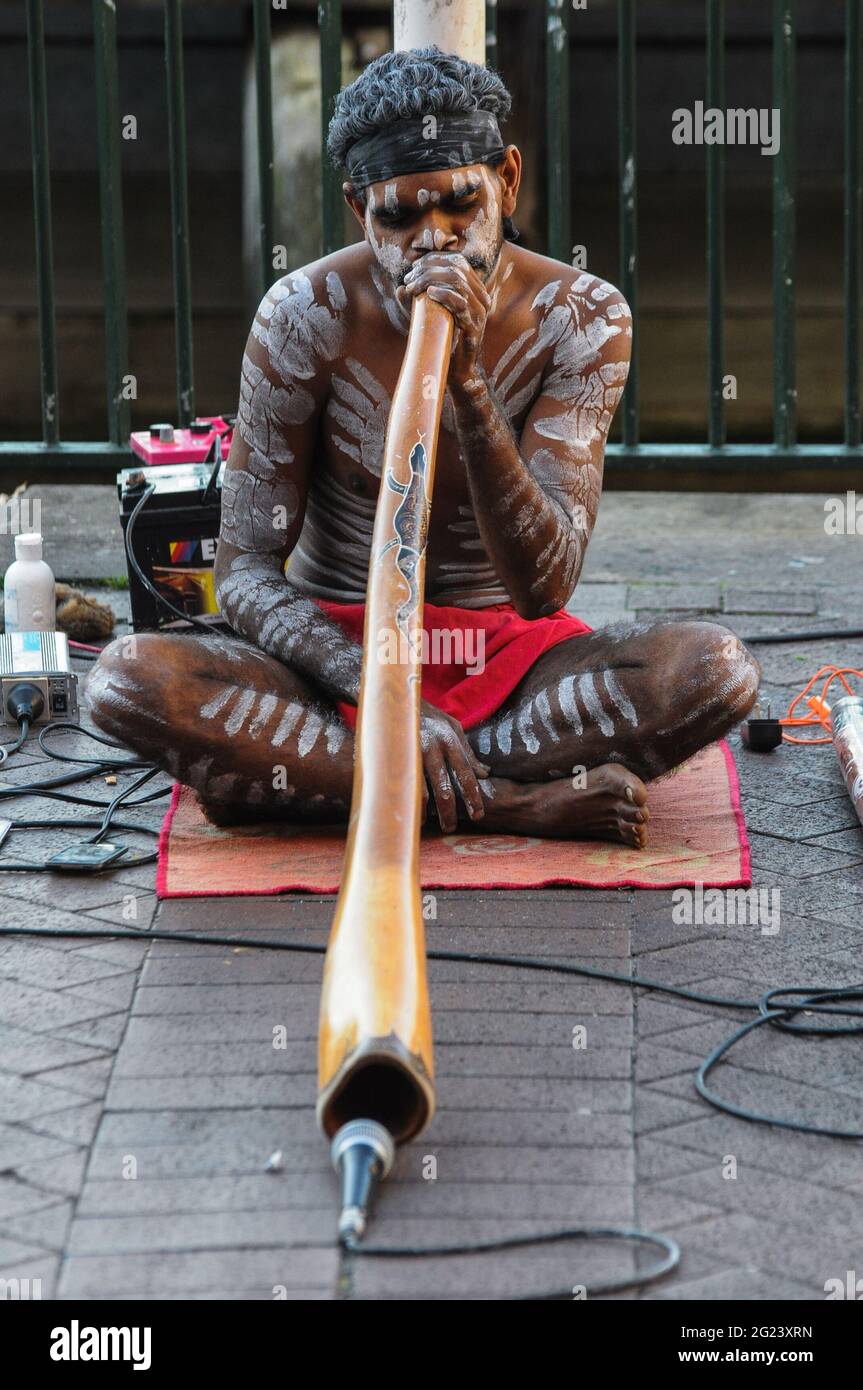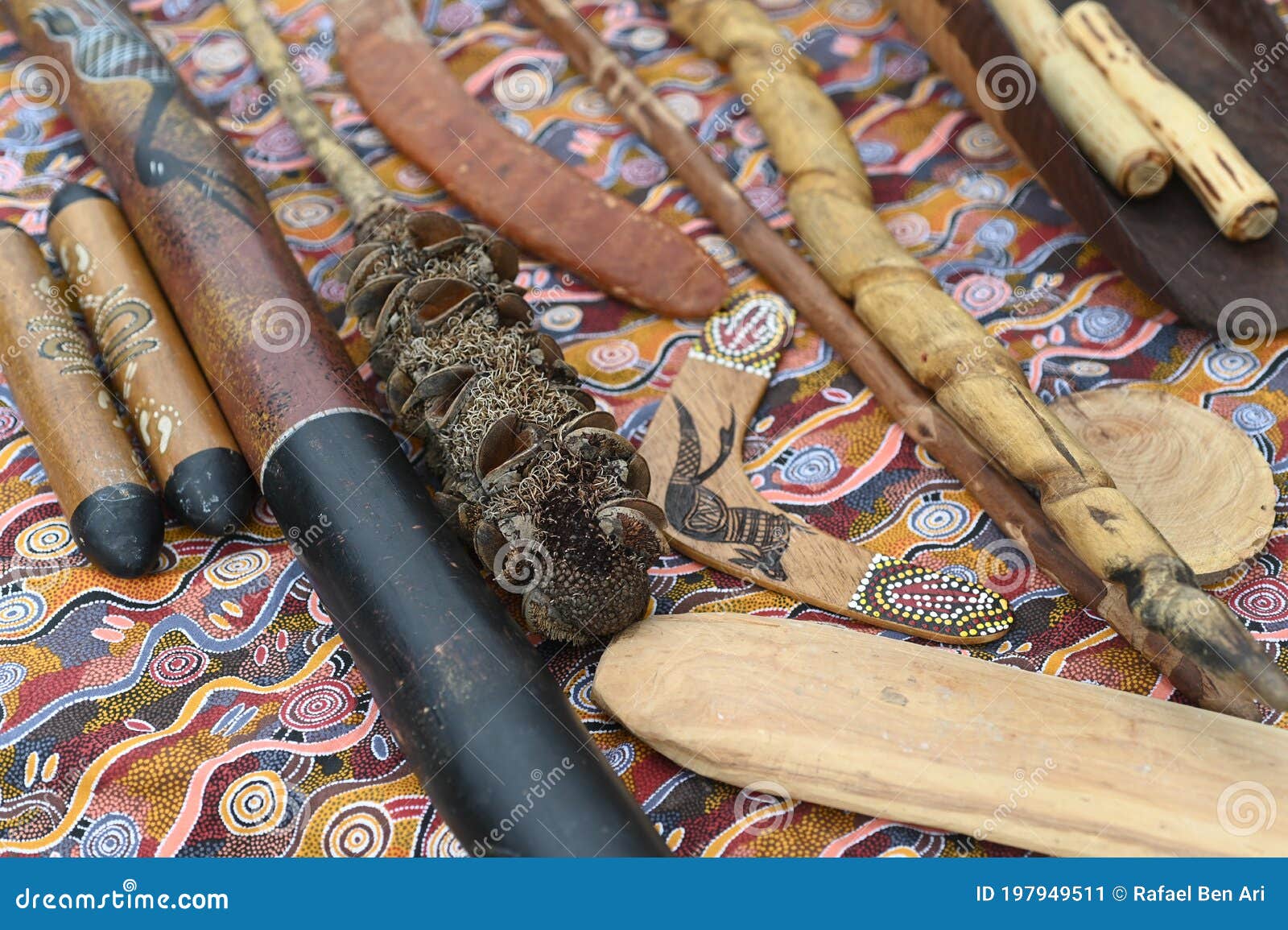A Symphony of the Land: Exploring the Rich World of Traditional Indigenous Australian Instruments
A Symphony of the Land: Exploring the Rich World of Traditional Indigenous Australian Instruments

Australia, a land of ancient landscapes and vibrant culture, boasts a musical heritage as diverse and fascinating as its natural wonders. At the heart of this heritage lie the traditional instruments of Indigenous Australians, each with a unique story to tell, a specific purpose, and a profound connection to the land and its people.
These instruments, crafted from natural materials and imbued with spiritual significance, are more than just tools for making music; they are vessels of cultural identity, storytelling, and connection to the ancestral past.
Related Articles: A Symphony of the Land: Exploring the Rich World of Traditional Indigenous Australian Instruments
- AmanguTitle
- Unraveling The Tapestry Of Land: A Journey Through Indigenous Maps And Symbols Of Australia
- Unveiling The Rich Tapestry Of Australian Tribe Names: A Journey Through Indigenous Culture
- A Journey Through The Outback: Unveiling The Wonders Of Australia’s Unique Plants
- A Tapestry Of Connection: How Aboriginal Peoples Used The Land
A Journey Through Time: The Instruments of the Dreamtime
The instruments of Indigenous Australia are not simply objects, but extensions of the land itself. They speak the language of the Dreamtime, the ancestral period when the world was created, and the spirits of the ancestors continue to guide and inspire.
Didgeridoo: Perhaps the most iconic of all, the didgeridoo is a long, hollow wooden instrument, often made from eucalyptus trees that have been hollowed out by termites. Played by blowing into the mouthpiece and manipulating the breath to create a range of drones, growls, and rhythmic patterns, the didgeridoo is a powerful tool for storytelling, ritual, and healing. Its deep, resonant tones evoke the vastness of the Australian landscape and connect the player to the ancestral spirits.
Clapsticks: Made from hardwood branches or sticks, clapsticks are simple yet versatile instruments. They are held in each hand and struck together to create a range of rhythmic patterns, often used in ceremonies and dances to accompany songs and stories. The sound of clapsticks is often described as sharp and percussive, echoing the energy of the land and the rhythm of life.
Bullroarer: This unique instrument, crafted from a flat piece of wood attached to a string, is whirled through the air to create a low, booming sound. The bullroarer is often used in ceremonies and rituals, symbolizing the power of the wind, the voice of the ancestors, or the spirit of the land. It is also believed to have a powerful effect on the natural world, influencing weather patterns and controlling the spirits.
Kulindil: This wooden instrument, shaped like a small, flat plate, is played by striking it with a stick or stone. The kulindil produces a sharp, resonating sound that is used in ceremonies and dances, often representing the sound of thunder or the beating of a heart.
Yidaki: Also known as the didgeridoo, the Yidaki is a sacred instrument for the Yolngu people of Arnhem Land. The term "Yidaki" is considered more respectful than "didgeridoo" as it acknowledges the instrument’s deep cultural significance.
Beyond the Instruments: The Importance of Song and Dance

Traditional Indigenous Australian instruments are often used to accompany songs and dances that tell stories of the ancestors, the land, and the laws of the people. These performances are not simply entertainment; they are a vital part of cultural transmission, preserving knowledge and traditions for future generations.
The Power of Connection:
The traditional instruments of Indigenous Australia are not just objects; they are living embodiments of culture, history, and spirituality. They connect the present generation to the past, the land to the people, and the spirit world to the physical world.
Preserving the Heritage:
In recent years, there has been a growing interest in preserving and promoting the traditional instruments of Indigenous Australia. This has led to a resurgence in the use of these instruments, not only in ceremonies and rituals but also in contemporary music.

Learning from the Past, Shaping the Future:
The traditional instruments of Indigenous Australia are a testament to the resilience, creativity, and wisdom of the First Nations people. They offer a unique perspective on the world, a profound connection to the land, and a powerful reminder of the importance of preserving cultural heritage.
FAQ About Traditional Indigenous Australian Instruments
Q: What are the most common traditional Indigenous Australian instruments?
A: The most common traditional instruments include the didgeridoo, clapsticks, bullroarer, kulindil, and the yidaki (also known as the didgeridoo).

Q: What are these instruments made from?
A: Traditional instruments are typically made from natural materials found in the Australian landscape, such as wood, stone, bone, and animal skins.
Q: What is the purpose of these instruments?
A: These instruments serve various purposes, including storytelling, ceremony, ritual, healing, and expressing cultural identity.
Q: How are these instruments used in contemporary music?
A: Contemporary musicians have adopted traditional instruments, incorporating them into various genres, including world music, folk music, and electronic music.
Q: How can I learn more about traditional Indigenous Australian instruments?
A: You can learn more by visiting museums, attending cultural events, and researching online resources. You can also seek out workshops and classes offered by Indigenous artists and educators.
Q: How can I support the preservation of traditional Indigenous Australian instruments?
A: You can support the preservation of these instruments by attending performances, purchasing music, and supporting organizations dedicated to cultural preservation. You can also educate yourself about Indigenous culture and share your knowledge with others.
Conclusion:
The traditional instruments of Indigenous Australia are a vital part of their cultural heritage, offering a window into the past, a connection to the land, and a glimpse into the rich tapestry of their artistic expression. By understanding and appreciating these instruments, we can gain a deeper understanding of the history, resilience, and cultural richness of the First Nations people of Australia.

Closure
Thus, we hope this article has provided valuable insights into A Symphony of the Land: Exploring the Rich World of Traditional Indigenous Australian Instruments. We appreciate your attention to our article. See you in our next article!